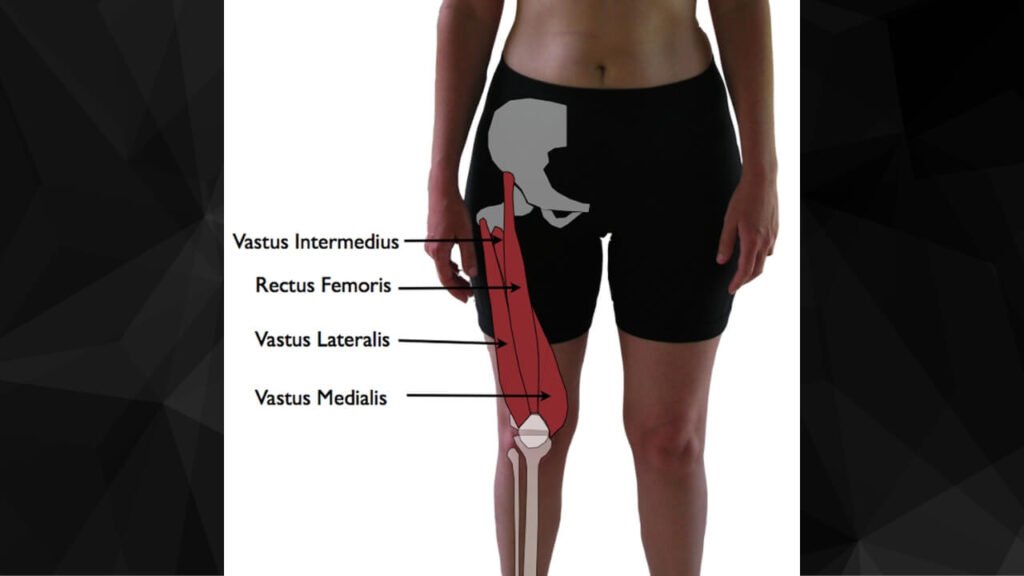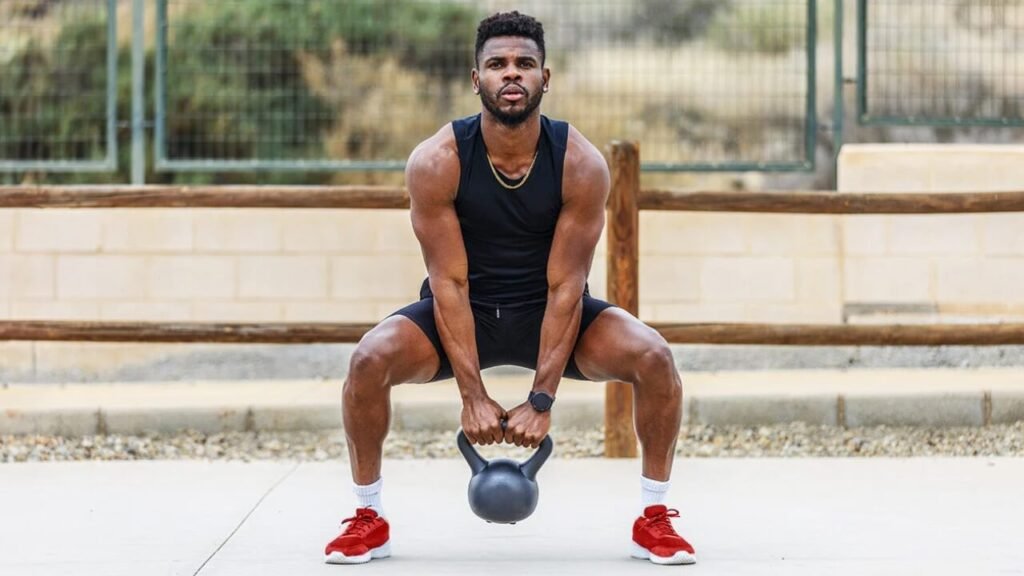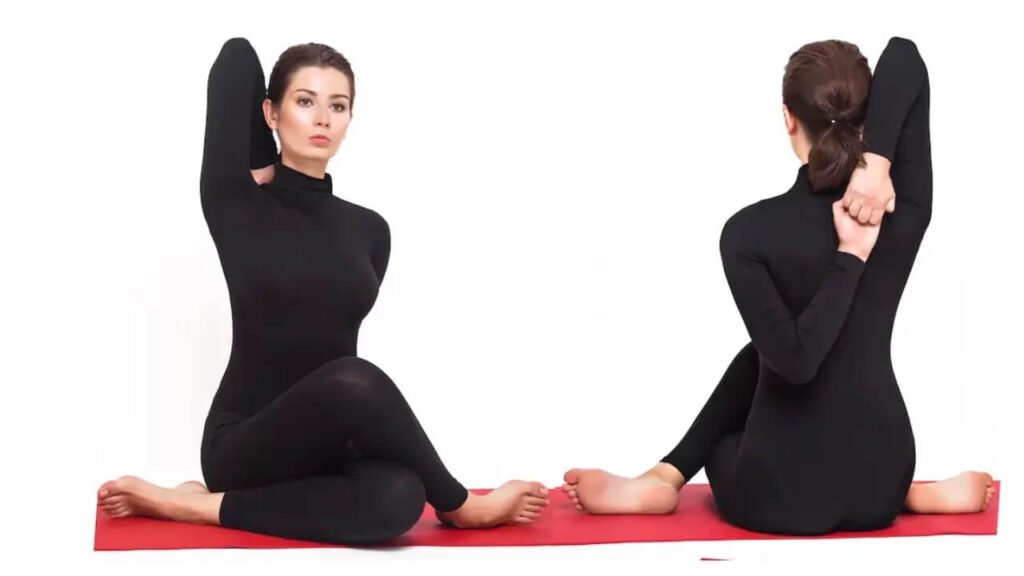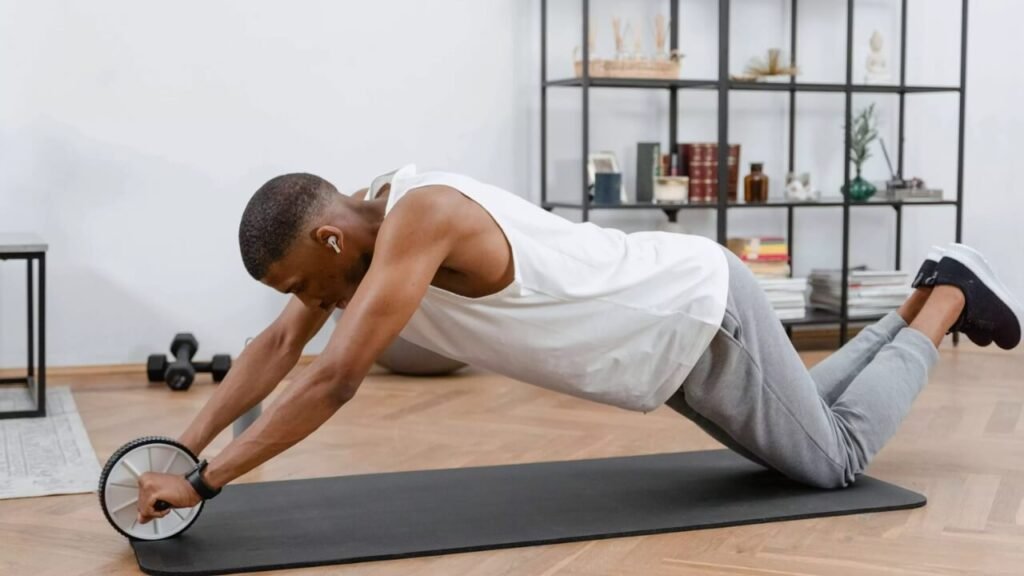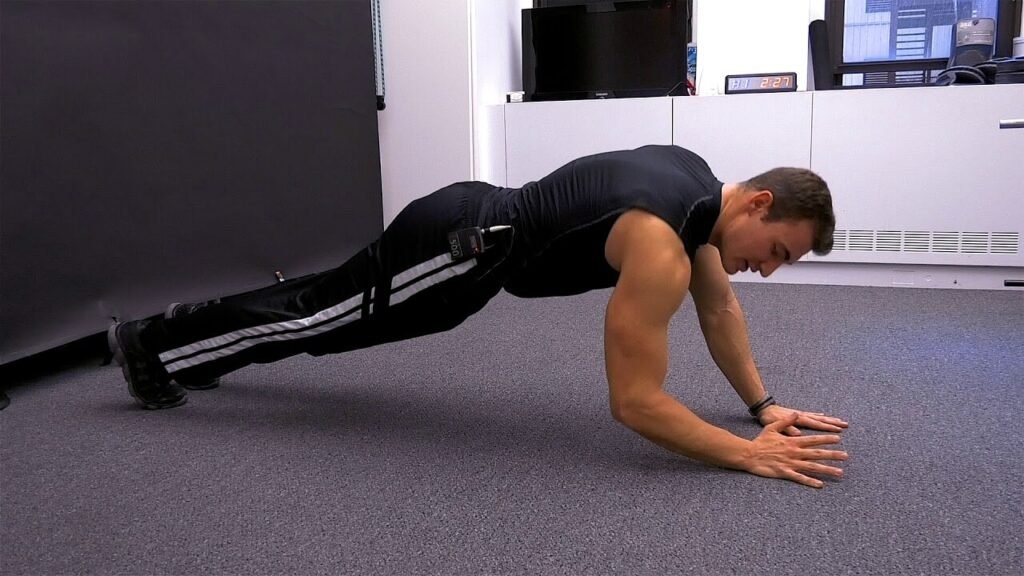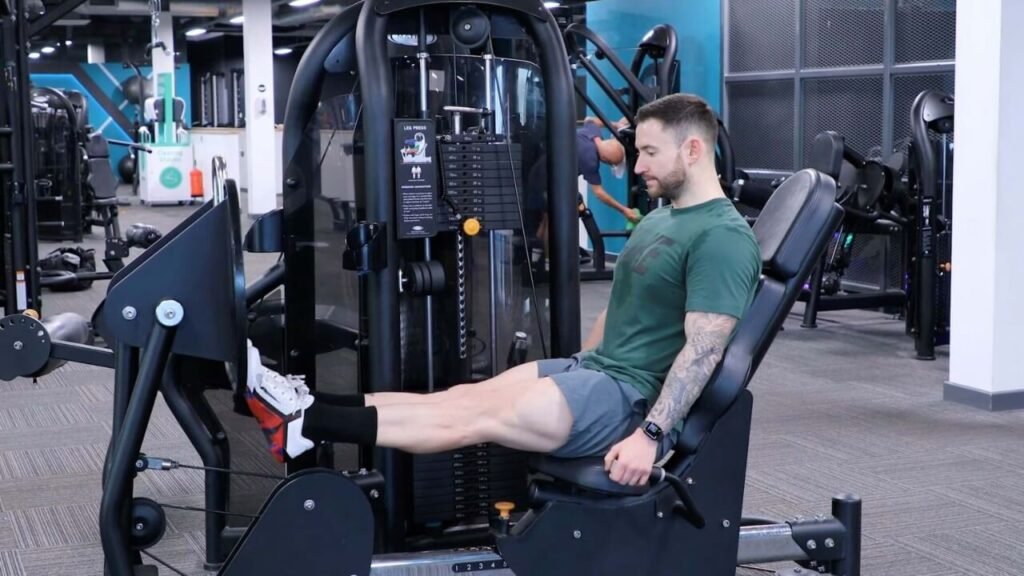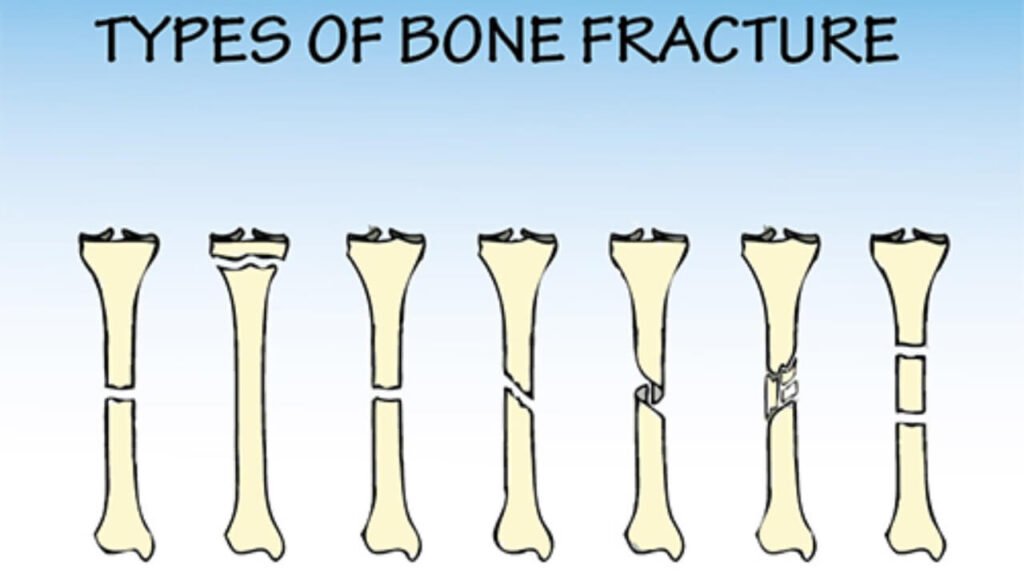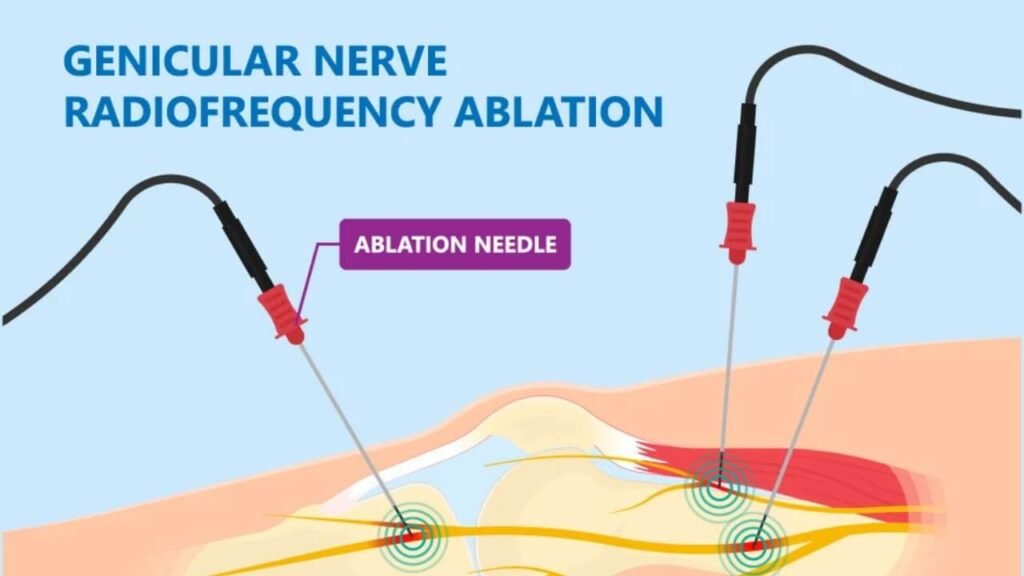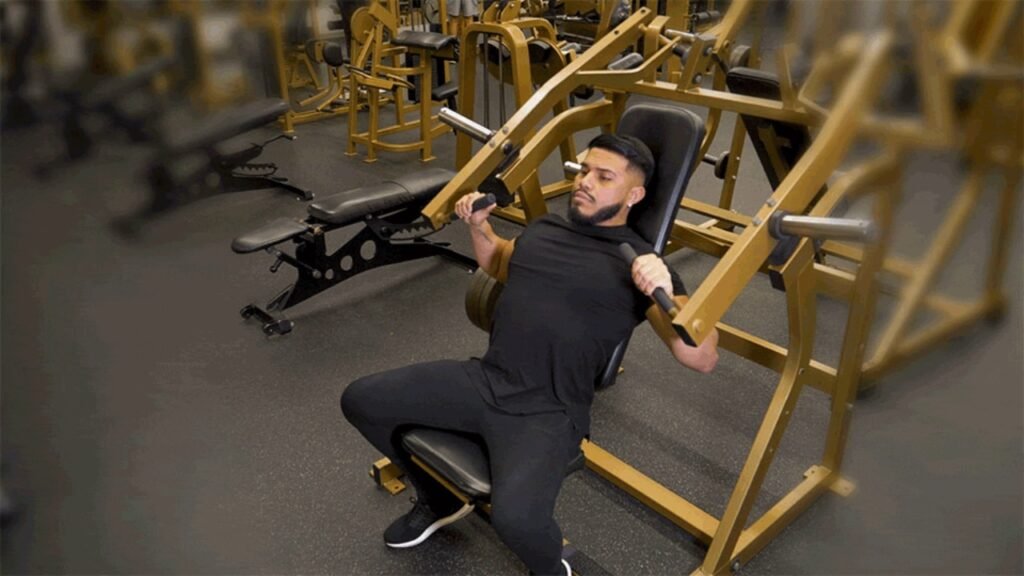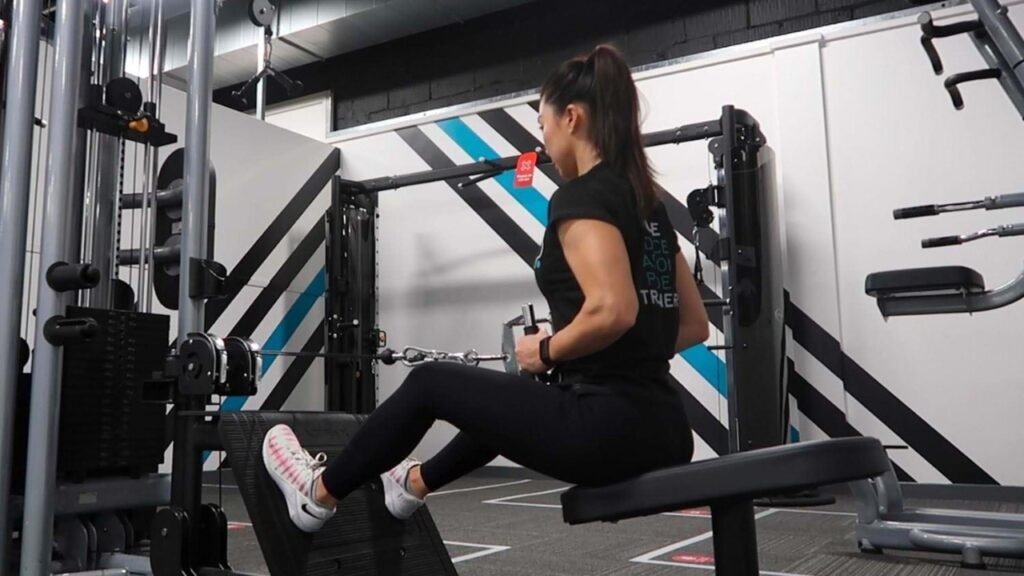The Complete Guide to Wrist Flexor Stretch

When it comes to maintaining optimal hand and wrist health, many people overlook the importance of wrist stretches. Among the most beneficial of these stretches is the wrist flexor stretch. Whether you are a sports enthusiast, someone who works at a desk all day, or someone simply looking to improve your flexibility, the wrist flexor stretch is an essential exercise that can help relieve tension, prevent injury, and increase overall mobility.
In this guide, we will explore everything you need to know about wrist flexor stretches, including the importance of stretching your wrist flexors, step-by-step instructions, benefits, and tips for improving your practice.
What is a Wrist Flexor Stretch?
A wrist flexor stretch is a simple yet highly effective exercise designed to target the muscles in the forearm that allow you to bend your wrist and fingers. The flexors are responsible for the action of flexing your wrist, making this stretch essential for preventing tightness and discomfort.
By performing a wrist flexor stretch, you will lengthen and release the tension in these muscles, which can help reduce the risk of repetitive strain injuries, such as carpal tunnel syndrome or tendonitis.
The Anatomy Behind Wrist Flexion
Before diving into the stretch itself, let’s take a quick look at the anatomy of the wrist flexors. The wrist flexor muscles are a group of muscles located in the forearm. These muscles allow for the bending of the wrist and fingers toward the palm of your hand.
The main wrist flexor muscles include:
- Flexor carpi radialis (FCR): Responsible for flexing and abducting the wrist.
- Flexor carpi ulnaris (FCU): Helps in flexing the wrist and adducting it toward the body.
- Palmaris longus (PL): This muscle helps with flexion of the wrist and tensing the palm.
- Flexor digitorum superficialis (FDS): Plays a key role in bending the fingers and wrist.
Together, these muscles allow you to perform a wide range of movements involving the wrist and fingers. Keeping them stretched and flexible helps maintain fluid motion and prevents stiffness or discomfort.
Why is the Wrist Flexor Stretch Important?
A wrist flexor stretch is crucial for many reasons. Stretching these muscles can:
- Prevent muscle strain: Stiff wrist flexors can lead to muscle strain, especially after repetitive motion. Regular stretching can help prevent this.
- Reduce pain and discomfort: Stretching the wrist flexors helps alleviate pain caused by conditions like carpal tunnel syndrome, tendonitis, or overuse injuries.
- Improve flexibility: Over time, performing wrist flexor stretches can increase your wrist’s flexibility and mobility.
- Relieve tension: Stretching helps reduce the buildup of tension in the forearm muscles, which can feel tight after long periods of work or physical activity.
- Enhance performance: For athletes, wrist flexor stretches can improve grip strength and wrist movement, which are important for performance in various sports, such as tennis, weightlifting, or swimming.
How to Perform a Wrist Flexor Stretch
Now, let’s look at how to do a wrist flexor stretch properly. Follow these steps to ensure you are performing the stretch safely and effectively:
Step 1: Get into Position
Start by sitting or standing up straight. Relax your shoulders and make sure your posture is upright. Extend one arm straight in front of you with your palm facing up.
Step 2: Use the Opposite Hand
Using your opposite hand, gently grab the fingers of the extended arm. Slowly and gently pull your fingers back toward your body, bending your wrist downward. You should feel a stretch in the forearm and wrist area.
Step 3: Hold the Stretch
Hold the stretch for at least 15-30 seconds. Make sure you are not pulling too hard—this stretch should never feel painful. You should feel a gentle pulling sensation in the wrist flexor muscles.
Step 4: Release and Repeat
Slowly release the stretch and relax your wrist. Repeat the stretch 2-3 times on each side, focusing on maintaining a comfortable and controlled stretch.
Variations of the Wrist Flexor Stretch
While the basic wrist flexor stretch is highly effective, there are a few variations you can try to increase flexibility and target different parts of the wrist and forearm muscles:
Seated Wrist Flexor Stretch
This variation involves performing the stretch while seated, with your arm resting on your knee or thigh. This position may provide additional support and allow you to apply more focused pressure.
Extended Wrist Flexor Stretch
Extend your arm further out in front of you, and instead of pulling the fingers back with your opposite hand, use the fingertips of the extended hand to press gently against the palm of the opposite hand. This will provide a deeper stretch in the wrist.
Wall Wrist Flexor Stretch
Stand facing a wall and place your hands flat against the surface, fingers pointing downwards. Slowly lean forward while keeping your palms on the wall, which will stretch your wrist flexors even further.
Benefits of Wrist Flexor Stretch
The wrist flexor stretch offers a wide range of benefits for both general and athletic populations. Below are some of the key advantages:
- Reduces discomfort: Regular stretching of the wrist flexors helps to alleviate pain caused by overuse or poor posture.
- Improves wrist strength: By stretching the wrist flexors, you can improve the strength and endurance of the muscles in the wrist and forearm.
- Prevents overuse injuries: Whether typing at a computer or lifting weights, frequent use of the wrist can lead to repetitive stress injuries. A wrist flexor stretch can help mitigate this risk.
- Promotes better hand mobility: Increased flexibility leads to better hand coordination and functionality, which is essential for everyday tasks such as typing or gripping objects.
Wrist Flexor Stretch Tips for Maximum Results
For maximum benefit from your wrist flexor stretches, keep the following tips in mind:
- Do it regularly: Stretching consistently is key to improving flexibility and preventing injuries. Aim to perform wrist flexor stretches 3-4 times per week.
- Warm up first: Before performing stretches, take a few minutes to warm up your muscles with light physical activity, such as wrist circles or a gentle walk.
- Don’t overdo it: Stretching should never be painful. If you feel discomfort or sharp pain, ease off the stretch and try again more gently.
- Incorporate wrist flexor stretches into your routine: Include wrist stretches as part of your regular warm-up or cool-down routine, especially if you engage in activities that put strain on your wrists.
Additional Exercises for Wrist Health
While the wrist flexor stretch is incredibly beneficial, there are other exercises you can do to improve wrist mobility and strength. Some of these include:
- Wrist extensions: Stretch the opposite side of your wrist by extending your arm in front of you with the palm facing down, and gently pull your fingers back towards your body.
- Wrist rotations: Perform circular motions with your wrist to improve its mobility.
- Grip strengthening exercises: Squeeze a stress ball or use a hand grip strengthener to increase wrist strength.
Final Thoughts on the Wrist Flexor Stretch
Incorporating wrist flexor stretches into your fitness or daily routine is a simple yet highly effective way to maintain wrist health, prevent injury, and improve overall flexibility. Whether you’re an athlete, office worker, or anyone in between, wrist flexor stretches can keep your hands and wrists in top form.
By making this stretch part of your daily routine, you’ll not only prevent discomfort but also improve your performance in daily tasks, sports, and activities. So, take the time to stretch your wrist flexors and enjoy the benefits of a healthy, flexible wrist!












